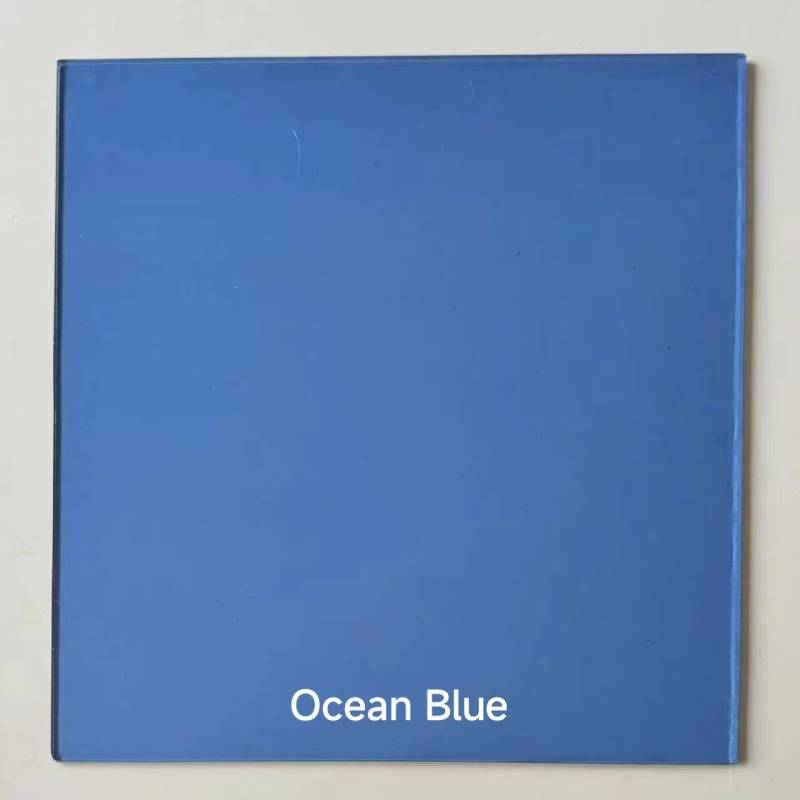

The Versatility and Aesthetic Appeal of Tinted Float Glass
Tinted float glass is increasingly becoming a popular choice in contemporary architecture and interior design due to its functional benefits and appealing aesthetics. This type of glass, manufactured by floating molten glass on top of molten tin, undergoes a secondary tinting process that results in a variety of color options. Tinted float glass serves multiple purposes, including enhancing energy efficiency, ensuring privacy, and elevating design appeal.
One of the foremost advantages of tinted float glass is its ability to reduce solar heat gain. Tinted glass can significantly lower the amount of ultraviolet (UV) and infrared radiation that enters through windows, thus helping maintain a comfortable indoor environment. This feature becomes particularly important in warm climates, where excessive heat can increase air conditioning usage, leading to higher energy bills. By using tinted glass, building owners can benefit from considerable energy savings while reducing their carbon footprint.
In addition to its energy efficiency, tinted float glass offers practical benefits related to glare reduction. In spaces where natural light is abundant, such as offices and commercial buildings, glare can become a significant issue, affecting visibility on computer screens and causing discomfort. The varying degrees of tint available in the market allow architects and designers to select glass that meets their specific needs, providing a balanced amount of light while diminishing harsh glare.
Privacy is another critical consideration for both residential and commercial spaces. Tinted float glass can serve as a strategic solution for achieving visual privacy without sacrificing natural light. The dark tints provide a level of obscurity, making it difficult for people outside to see in, while still allowing those inside to enjoy unobstructed views of the exterior landscape. This duality makes tinted glass an ideal choice for bathrooms, conference rooms, and even high-rise buildings where privacy is paramount.

In terms of aesthetics, tinted float glass contributes to a sleek, modern look that complements a wide variety of architectural styles
. The diverse range of colors available—ranging from subtle greys and blues to deep bronze and green—enables designers to create striking facades that enhance the overall appearance of a structure. This versatility allows tinted glass to blend seamlessly with different materials, such as metal and concrete, effectively elevating the building’s visual impact.Moreover, tinted float glass is not only limited to large-scale applications. It can also be used in smaller elements such as glass doors, partitions, and furniture pieces, allowing for personalized designs that cater to specific interior themes. Whether used in residential projects to create cozy and intimate spaces or in commercial settings to project a professional image, tinted glass is adaptable and can fulfill various stylistic intentions.
It is also important to note that advancements in technology have led to improved manufacturing processes for tinted float glass, enhancing its durability and performance. Modern tinted glass products are designed to resist scratches, retain structural integrity, and maintain clarity over time, making them a wise investment for any property owner.
In conclusion, tinted float glass embodies a harmonious blend of functionality and design. Its energy-saving properties, glare reduction capabilities, privacy enhancement, and aesthetic versatility make it an excellent choice for modern construction and design projects. As architects and homeowners continue to prioritize sustainable and stylish solutions, tinted float glass is likely to remain a favored choice in the future, ensuring that spaces are not only beautiful but also practical.